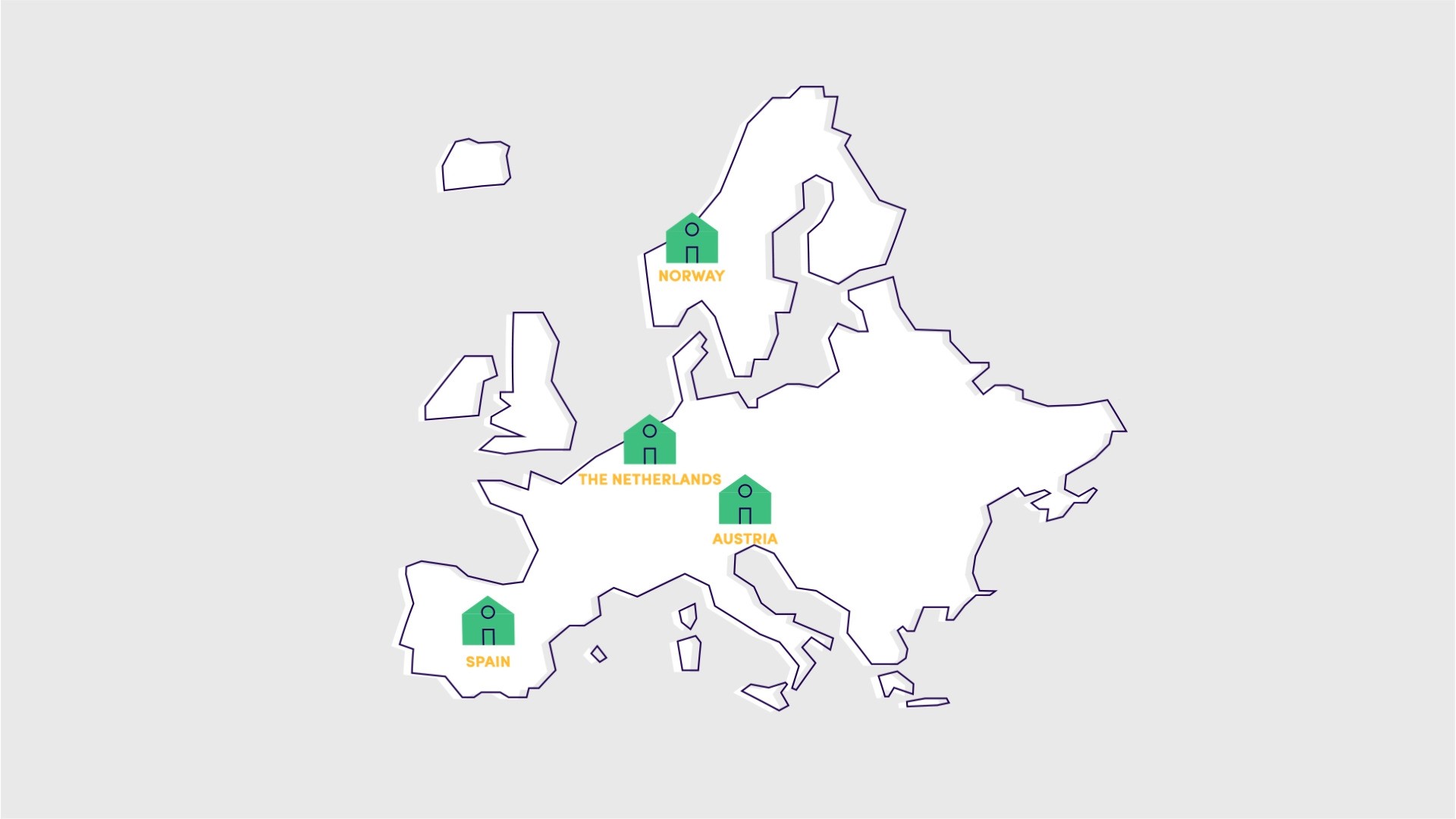Is Europe ready for Sustainable Plus Energy Buildings and Neighbourhoods?
Clara Mafé

With the publication of the latest Intergovernmental Panel on Climate Change (IPCC) report, stating that we will likely reach the pivotal 1.5℃ warming limit in the early 2030s, the urgency to respond to climate change and take immediate action is even more crucial. The development of Sustainable Plus Energy Buildings and Neighbourhoods (PEBs and SPENs) can play a key role as large-scale projects simultaneously improve community facilities, health, wellbeing, safety, public spaces and affordable housing.
SPENs, much like energy-positive buildings, can reduce and avoid creating peak electricity demand on the grid. The SPEN concept offers an opportunity for building users to take ownership of their home and neighbourhood design, and to create low carbon living spaces that would integrate on-site renewable energy sources, local storage facilities and energy sharing hubs to exploit 100% GHG emission savings.
While there are several barriers holding back the development of PEBs and SPENs across Europe (including lack of sectors integration, of common standards and definitions, as well as the limited consistency between policies), there is a strong will to move towards neighbourhood approaches, emphasised in key European directives and initiatives such as the Renovation Wave strategy, the Energy Performance of Buildings and the Renewable Energy Directive.
Local-level decision and policymaking is exceedingly important to create the necessary synergies and partnerships for the implementation of SPENs that respond to local needs, utilise local renewable sources, disseminate benefits to energy community members and generate added value for the greater local communities. It is important to use the policy window of the Fit-for-55 package and related reforms of the EU climate and energy architecture, in particular the revision of the EPBD by the end of 2021 should acknowledge the synergies and potential of districts and community approaches.
In addition to the inherent complexity of SPENs and the novelty of the concept, the report highlights important variations amongst countries in terms of their legislative culture, building stock and available technology, public opinion and political leadership.



